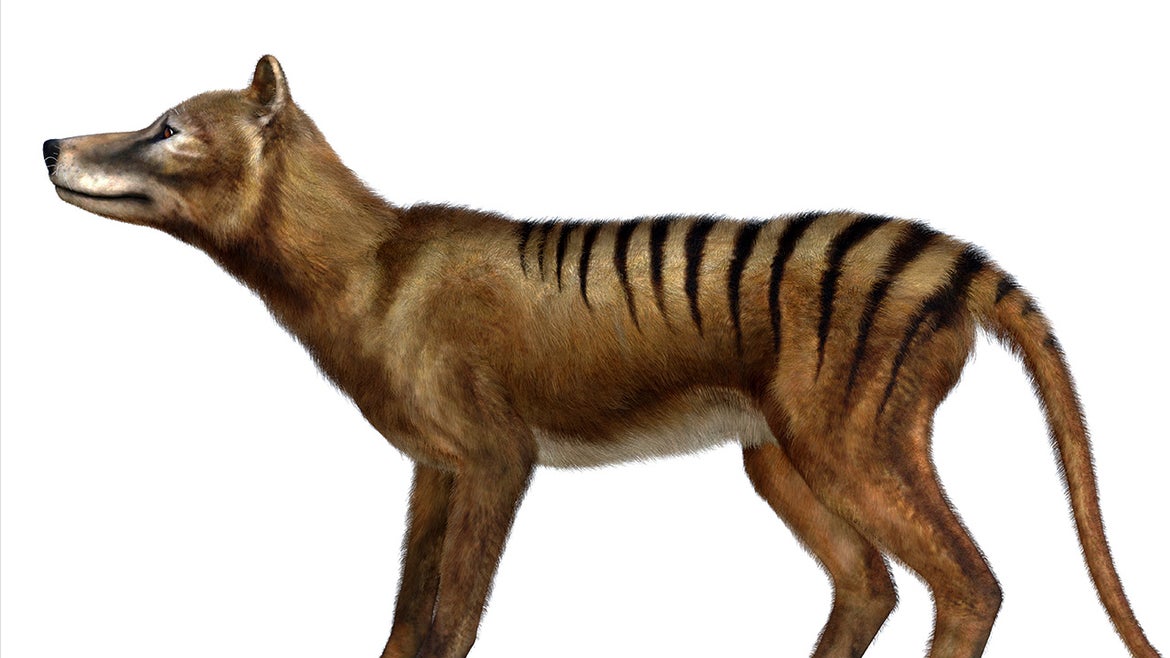A lab out of the University of Melbourne is accelerating efforts to de-extinct the Tasmanian Tiger.
An Australian lab and a U.S.-based biotechnology company have teamed up to accelerate efforts in bringing back from extinction the Australian marsupial apex predator, the thylacine, better known as the Tasmanian tiger.
The Thylacine Integrated Genomic Restoration Research (TIGRR) Lab, which runs out of the University of Melbourne and received a $5 million philanthropic gift in March, has entered a partnership with Dallas based Colossal Biosciences, leading to the biggest step in the marsupial conservation efforts thus far according to the University of Melbourne.
The Tasmanian tiger was officially declared extinct in 1936, when the last of its kind died in captivity. The animal went extinct mainly due to the bounties placed on them by humans. Tasmanian tigers were seen as a threat to livestock because of their carnivorous nature. Increased hunting efforts forced the animals off their land, leading to their eventual extinction, according to Colossal.
Why is de-extinction important? Colossal says that as an apex predator, Tasmanian tigers played a huge role in trophic downgrading, but since they no longer play their important role in the ecosystem, cascading effects on the food chain can lead to catastrophes including diseases, wildfires and the introduction of invasive species.
Through their partnership, Australian and American scientists are allowing each other access to resources such as the CRISPR DNA editing technology, propelling the research far beyond of what was previously thought capable.
“A lot of the challenges with our efforts can be overcome by an army of scientists working on the same problems simultaneously, conducting and collaborating on the many experiments to accelerate discoveries,” Professor Andrew Pask, head of the TIGRR lab, told the University of Melbourne’s Newsroom. “With this partnership, I now believe that in ten years’ time we could have our first living baby thylacine since they were hunted to extinction close to a century ago.”
Pask and his lab were able to use a 108-year-old preserved DNA specimen to sequence the genome of the animal, according to Colossal.
With the sequenced genome of the Tasmanian tiger, plus the efforts to sequence the genome of a similar animal, known as the fat tailed dunnart, scientists are hoping to edit these similar living cells to recreate the Tasmanian tiger cells, according to The Guardian.
“The Tassie Tiger’s extinction had a devastating effect on our ecosystem and we are thrilled to support the revolutionary conservation efforts that are being made by Dr. Pask and the entire Colossal team,” says Colossal investor, actor and activist Chris Hemsworth, according to Colossal.






